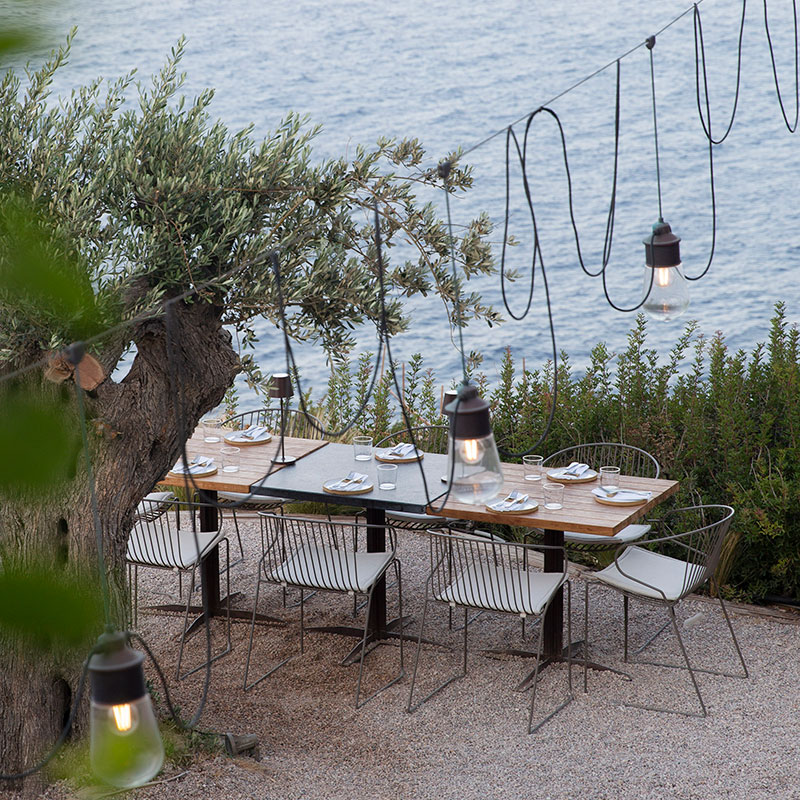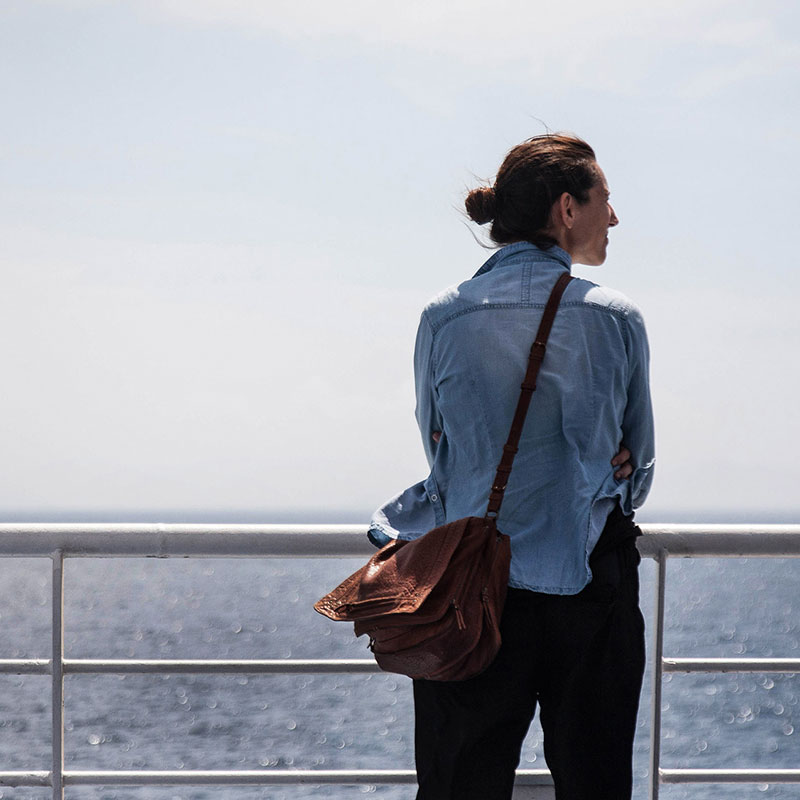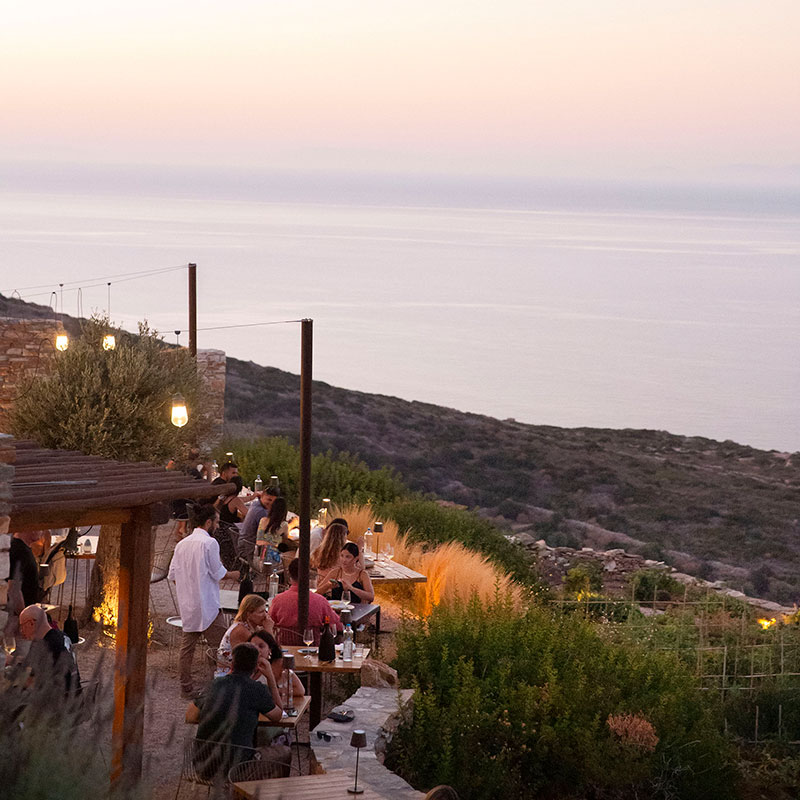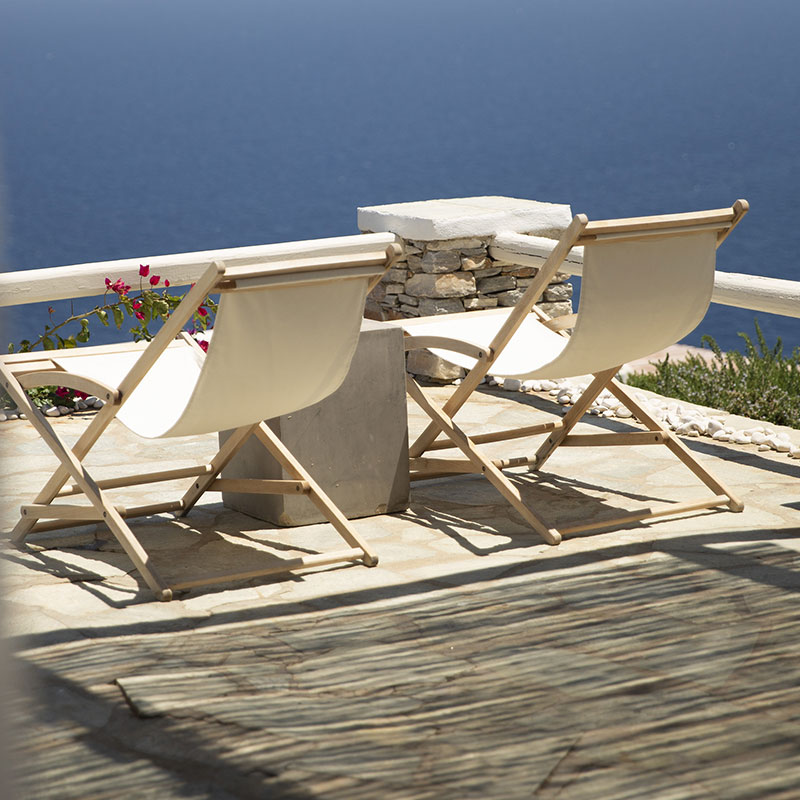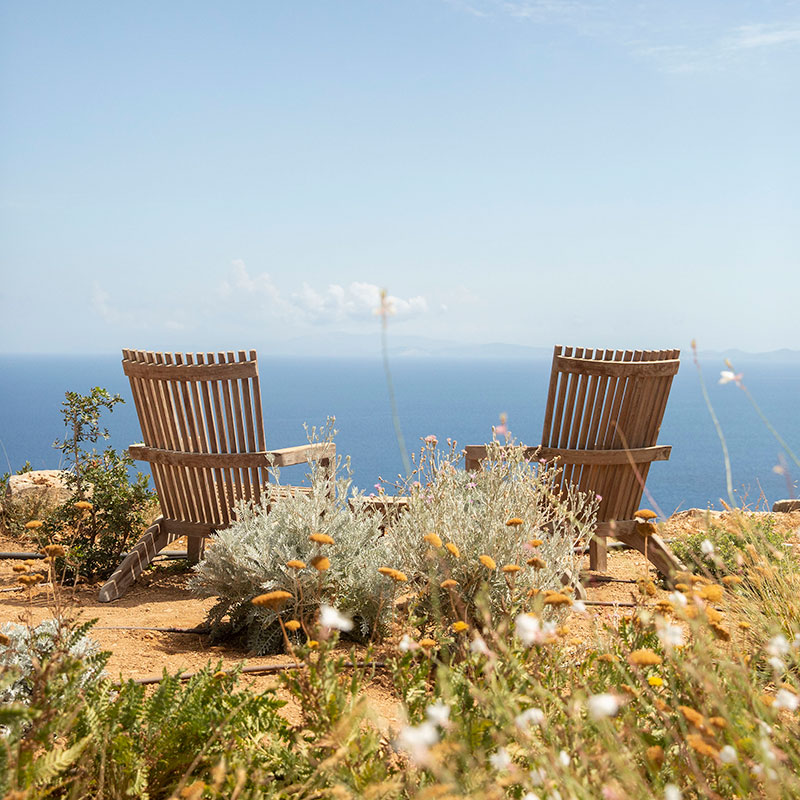Easter on Sifnos island
Sifnos is beautiful in spring – everything is green, the gardens are full of flowers and the wild flowers pop up everywhere. The smell of oregano and thyme are overwhelming. In this beautiful setting, the island celebrates Easter and welcomes spring.
Traditionally, the days before the Holy Week are dedicated to cleaning and whitewashing. All the housewives of Sifnos, called “Hiones” (snow ladies) for their cleanliness, are getting ready for Easter by painting white their houses and the joints in their yards and the streets outside their houses.
Easter is devoutly celebrated and the experience of following the Epitaph on Holy Friday around the streets of a village is undoubtedly an unforgettable experience. In Artemonas, in the yard of Agios Konstantinos on the central square, the Epitaphs from Panayia Konhi from Artemonas, Taxiarches from Agios Loukas and Agios Ioannis from Ano Petali meet – a view that will impress you forever; At Arades, in the yard of Agios Stylianos, you can observe the meeting of the Epitaphs from Agios Spyridonas from Apollonia, Agios Nikolaos from Exampela and Agios Georgios from Katavati.
Sifniots keep their traditions at heart. On Holy Thursday, when the priest reads the 6thEvangel, the young people leave the churches to go to isolated little churches and lit up the candles. They will return to decorate the Epitaph with spring flowers from their gardens. In the evening of Easter Sunday, the burning of Judas takes place in the central square of Apollonia. An effigy is taken around the neighbourhoods for people to sneer and is returned to the square to be burned down. A very old custom that is revived until today by the Cultural Association of Sifnos. After the burning, Easter treats are offered and there are traditional dances with Sifniot “takimia” (violins and laouta – a string instrument).
A tradition that unfortunately is slowly extinct are the “kounistries”, wooden swings that used to be put up during the forty days before Easter. Young ladies would sit on the swing and young men would swing them whispering poems. Another tradition that survives only is some villages are the “tsounia”, a group game played by couples that use a wooden ball to take down the nine “tsounia”, wooden pegs installed at a distance.
But what makes Easter on Sifnos truly special is the food. It could not be otherwise on the island of Tselementes, a famous Greek chef. At the beginning of the Holy Week, the housewives will bake the “poulia” (birds), the Easter cookies that are shaped like birds or animals. The highlight of culinary enjoyment is the Holy Saturday’s dinner, after the mass of Resurrection. The menu includes the unique “mastelo”, a dish with lamb roasted on vine branches in a special clay pot, called mastelo. The lamb is prepared with salt, pepper, a lot of dill and red wine. A sheet of baking paper is put on top instead of lid and the lamb is left to roast for many hours. The menu also includes homemade “xinomizithra” (a local cheese) and a tasteful honey pie prepared with local honey, cheese and eggs.
The Easter on Sifnos is an experience you will never forget!






